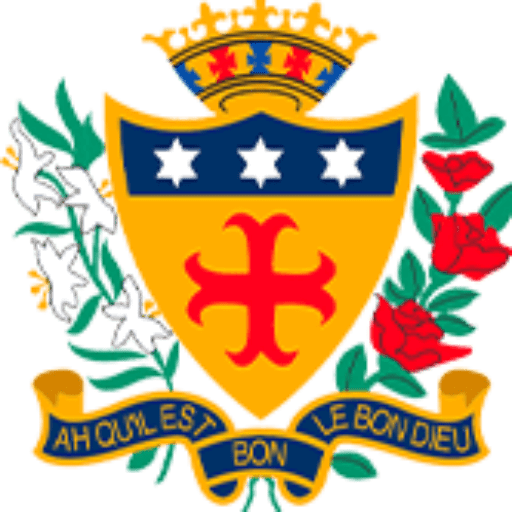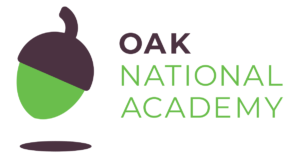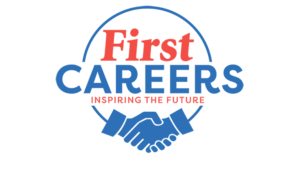
The 'Web', as I envisaged it, we have not seen yet. The future is still so much bigger than the past.
– Tim Berners-Lee
Computing
Our computing curriculum provides pupils with an introduction to the essential computing knowledge that they need to be educated, rounded and communicative citizens. It introduces students to the best that has been thought and said; and helps engender an appreciation of human imagination, creativity and achievement.

Mrs E Shaw
Head of Computing
Our computing curriculum is carefully designed and delivered to:
- inspire pupils – as pioneers of the future and;
- to nurture a love of our subject.
As technology pervades every aspect of our lives, our society needs computing specialists who are passionate individuals to develop computing in every type of industry.
In practice, this means that pupils will see the wider picture and to relate their learning to the real world and possible career paths. They will become digitally literate, and digitally resilient.
Year 7, 8 and 9 Curriculum Content
The framework for the Key Stage 3 computing curriculum is shaped by 4 fundamental strands or themes.
- Computers
- Data
- Internet & Communications
- Algorithms & Programming
The sequence of units below has been carefully selected to ensure students:
- understand and apply the fundamental principles and concepts of computing.
- acquire this knowledge by learning key concepts and terminology, by analysing problems in computational terms, and through repeated practical experience of writing computer programs in order to solve problems.
- learn to evaluate and apply information technology (including emerging technologies) and will become competent and creative users of it – in both personal and professional contexts.
| Year 7 | Unit/Topic |
|---|---|
| Autumn HT1 | Unit 1: Computers - Computer Hardware |
| Autumn HT2 | Unit 2: Data - Data Representation Binary & Denary |
| Spring HT1 | Unit 3: Internet and Communications – Network Types and Topologies |
| Spring HT2 | Unit 4: Internet and Communications – E-Safety Cyberbullying |
| Summer HT1 | Unit 5: Algorithms & Coding – Scratch & Python |
| Summer HT2 | Unit 6: Algorithms & Coding – Scratch & Python |
Year 7 Computing Curriculum Map
| Year 8 | Unit/Topic |
|---|---|
| Autumn HT1 | Unit 3: Internet and Communications – Network Threats and Solutions |
| Autumn HT2 | Unit 3 Internet and Communications – E-Safety Data Security |
| Spring HT1 | Unit 4: Algorithms & Programming - Algorithms & Coding – Python |
| Spring HT2 | Unit 4: Algorithms & Programming - Algorithms & Coding – Python |
| Summer HT1 | Unit 1: Computers – Inside the CPU |
| Summer HT2 | Unit 2: Data – Data Representation Hexadecimal and Character |
Year 8 Computing Curriculum Map
| Year 9 | Unit/Topic |
|---|---|
| Autumn HT1 | Unit 3: Internet and Communications – Network Packet Switching and Protocols |
| Autumn HT2 | Unit 3: Internet and Communications – E-Safety Social Media & Radicalisation |
| Spring HT1 | Unit 4: Algorithms & Programming - Algorithms & Coding – Advanced Python |
| Spring HT2 | Unit 4: Algorithms & Programming - Algorithms & Coding – Advanced Python |
| Summer HT1 | Unit 1: Computers – Network Hardware |
| Summer HT2 | Unit 2: Data – Data Representation Images, Compression and Sound |
Year 9 Computing Curriculum Map
Year 10 and 11 Curriculum Content
At Key Stage 4, students follow either the OCR GCSE in Computer Science or the OCR Cambridge National in Creative iMedia. Both qualifications build on the learning from Key Stage 3 and both have future level 3 learning pathways both in our own Sixth Form College at Notre Dame and other FE providers. Both courses are two-year programmes of study and both are examined at the end of Year 11.
Computer Science
| Year 10 | Unit/Topic |
|---|---|
| Autumn HT1 | Understand the components that make up digital systems and how they communicate with each other |
| Autumn HT2 | Understand and apply the fundamental principles and concepts of data representation using mathematics skills |
| Spring HT1 | Understand how digital systems communicate with each |
| Spring HT2 | Understand the impacts of digital technology to the individual and to wider society / Understand how software supports components communicate with each other |
| Summer HT1 | Understand the impacts of digital technology to the individual and to wider society |
| Summer HT2 | Understand and apply the fundamental principles and concepts of abstraction, decomposition and algorithms |
Year 10 Computer Science Curriculum Map
| Year 11 | Unit/Topic |
|---|---|
| Autumn HT1 | Understand and apply the fundamental principles and concepts of abstraction, decomposition and algorithms |
| Autumn HT2 | Analyse problems in computational terms through practical experience of solving such problems, including designing, writing and debugging programs |
| Spring HT1 | Analyse problems in computational terms through practical experience of solving such problems, including designing, writing and debugging programs |
| Spring HT2 | Understand and apply the fundamental principles and concepts of: programming languages and IDEs |
| Summer | Preparation for Summer exam |
Year 11 Computer Science Curriculum Map
OCR Cambridge National in Creative iMedia
| Year 10 | Unit/Topic |
|---|---|
| Autumn HT1 | Understand the purpose, content and use of pre-production documents / Understand the purpose and properties of digital graphics |
| Autumn HT2 | Understand how to use planning tools before beginning pre-production / Understand the purpose and properties of digital graphics |
| Spring HT1 | Produce pre-production documents / Plan the creation of a digital graphic |
| Spring HT2 | Review a pre-production document / Plan the creation of a digital graphic |
| Summer HT1 | Revise R081 unit in preparation for the summer exam / Create and save a digital graphic |
| Summer HT2 | Review a digital graphic / Understand the uses and properties of interactive multimedia products |
| Year 11 | Unit/Topic |
|---|---|
| Autumn HT1 | Create and save a digital graphic / Review the digital graphic |
| Autumn HT2 | Plan a multi page comic strip / produce a multi page comic strip |
| Spring HT1 | Review a multi page comic strip / Understand the uses and properties of interactive multimedia products |
| Spring HT2 | Plan an interactive multimedia product |
| Summer | Create interactive multimedia product / Review interactive multimedia product |
Sixth Form Curriculum Content
Key Stage 4 Computing students follow the OCR Computer Science specification or the OCR Creative iMedia specification. For further details, please follow the links below.
Download the OCR Computer Science specification
Download the OCR Creative iMedia specification
Key Stage 5 computing students follow the OCR Cambridge Technical in IT. For further details, please follow the link below.
A Student’s View
Harriet
Former Notre Dame student, now employed as an IT Technician






